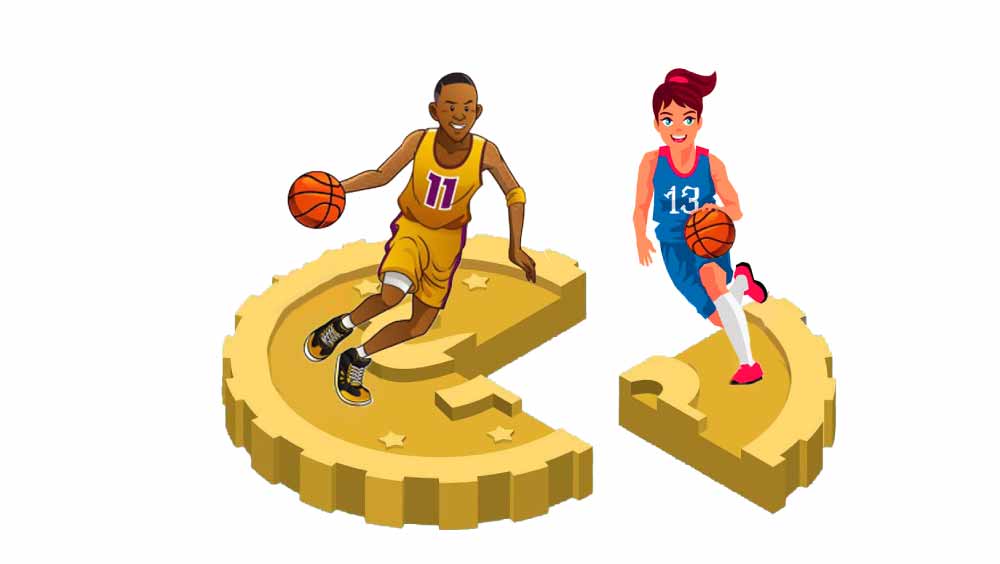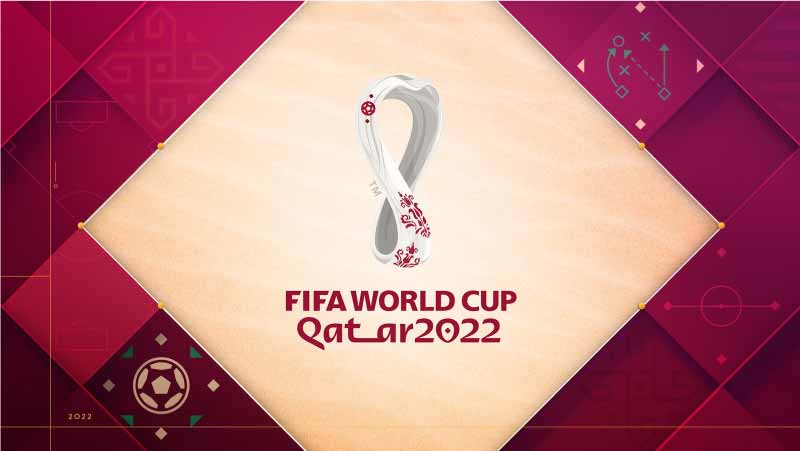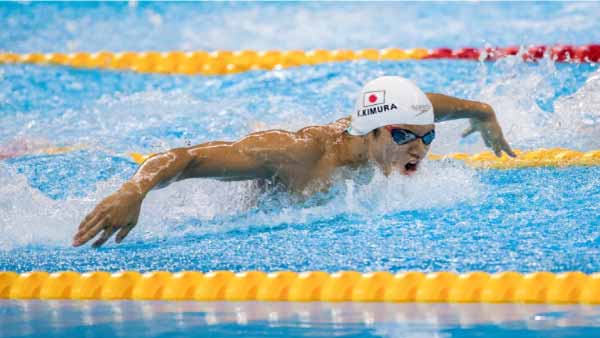Gender equality in sport and the pay gap
Gender equality in sport is an important issue and there is currently a large pay gap between male and female athletes in many sports.
In general, women’s sports have fewer sponsorships, less media attention, and fewer revenue opportunities compared to men’s sports. This translates into a significant pay gap between male and female athletes. For example, in tennis, the prize money for men in a tournament is often significantly higher than for women in the same event, even though the matches are equally important and attract a similar amount of spectators.
In addition to the pay gap, there are also inequalities in the number of events and opportunities offered to women compared to men in some sports. This can negatively affect women’s ability to compete and succeed in their sports.
To address these issues, changes in culture and sports structures are needed. More opportunities are needed for women to participate and compete in sports, as well as more sponsorships and financial support for women’s sports. In addition, it is important that companies and the media actively support gender equality in sport and recognise the value and success of female athletes.
In short, gender equality in sport and the pay gap are important issues that need attention and action to achieve fair and equitable sport for all people, regardless of gender.
Wage gap
The wage gap is the difference in income or wages between two groups or people, usually related to gender, ethnicity or education.
In the gender context, the pay gap refers to the difference in earnings between men and women doing the same or similar work. Globally, women earn on average less than men for the same work. This pay gap can be the result of gender discrimination in the workplace, as well as other factors, such as lack of access to training and development opportunities, lack of work flexibility, and the gap in the representation of women in leadership positions.
Importantly, the pay gap not only affects women, but can also affect other minority groups, such as people of color, LGBTQ+ people , and people with disabilities, among others. Closing the pay gap is essential to achieving a just and equitable society.
To address the pay gap, changes in culture and work structures are needed. This may include implementing policies and laws that protect against discrimination, promoting pay transparency, encouraging diversity and inclusion in the workplace, and eliminating gender stereotypes and other biases in society at large.
Discrimination in sport
Discrimination in sports is a common problem that can affect different groups, including women, LGBTQ+ people, people of color, people with disabilities, and other minority groups. Can take different forms, such as lack of opportunities, exclusion of certain groups from participation, inequality in access to resources and the pay gap.
Women, for example, may face discrimination in sport through lack of equal opportunities for participation, lack of financial support and lack of media attention. LGBTQ+ people can face discrimination in sport through denial of participation opportunities, lack of support, and discrimination based on sexual orientation or gender identity. People of color can also face discrimination in sports through lack of opportunity and racial bias.
To address discrimination in sport, changes in culture and sports structures are needed. This may include implementing policies and laws that protect against discrimination, promoting diversity and inclusion in sport, and educating and raising awareness on the issue. It is important that all people have equal opportunities to participate and succeed in sport, regardless of gender, sexual orientation, race or any other personal characteristic.
In which sports it is most noticeable
Discrimination can be noticeable in different sports and can affect different groups. Some sports where discrimination is most noticeable include:
Football: Football is a sport where discrimination has historically been very common, especially in relation to race and sexual orientation.
Basketball: Basketball has been a sport where discrimination based on race has been evident, especially in terms of lack of opportunities and lack of representation in leadership positions.
Tennis: In tennis, women often face discrimination in terms of pay and media attention compared to men.
Athletics: In athletics, discrimination can occur in relation to race and gender, especially in terms of lack of equal opportunities and lack of financial support.
Contact sports: Contact sports, such as boxing and martial arts, are often affected by discrimination based on sexual orientation and gender identity.
Importantly, discrimination can occur in any sport and at any level, from amateur to professional sports. There is a need to address discrimination in all sports and promote inclusion and equal opportunities for all.


